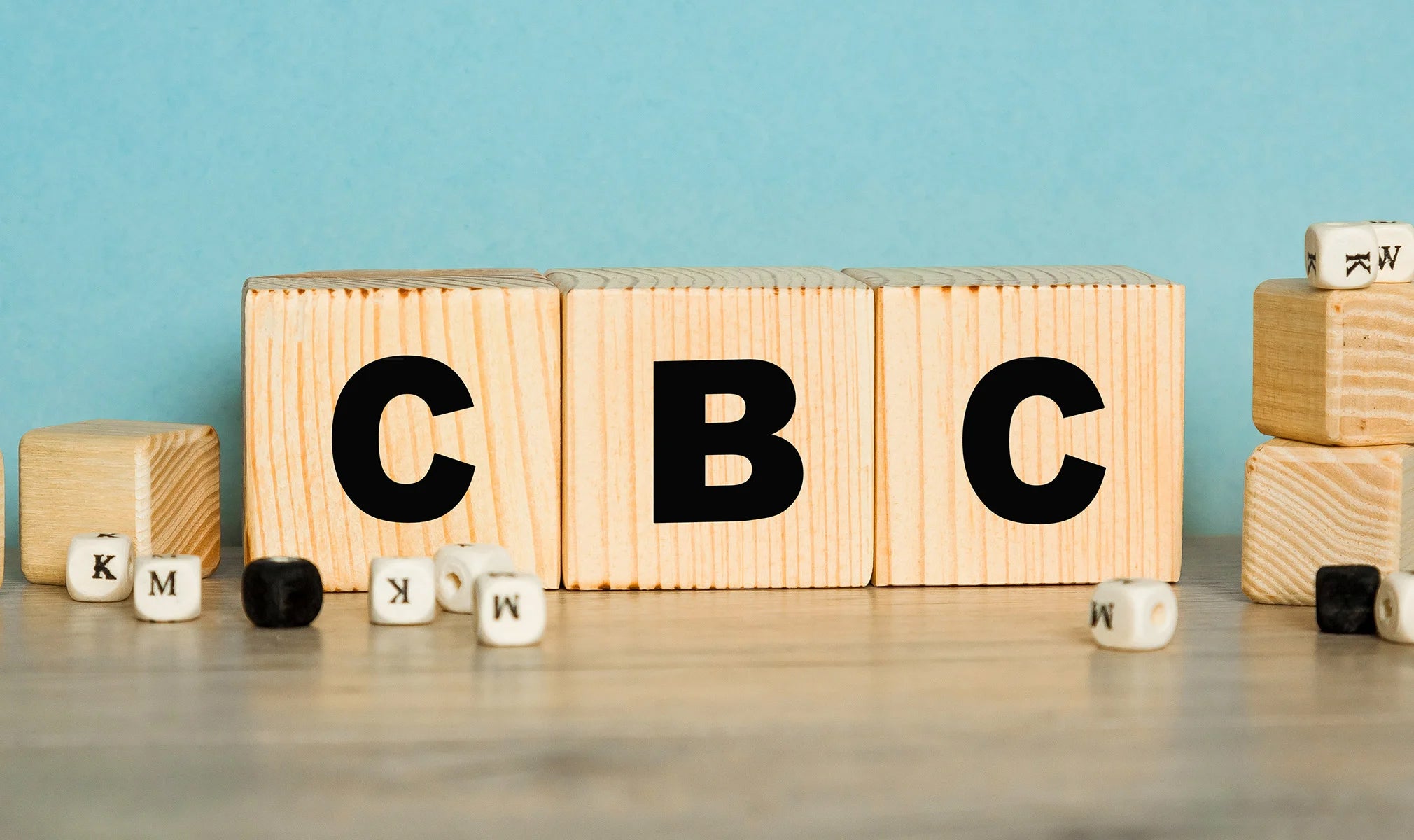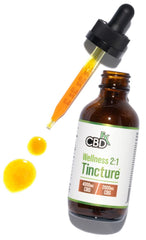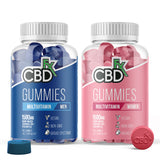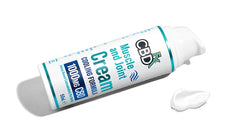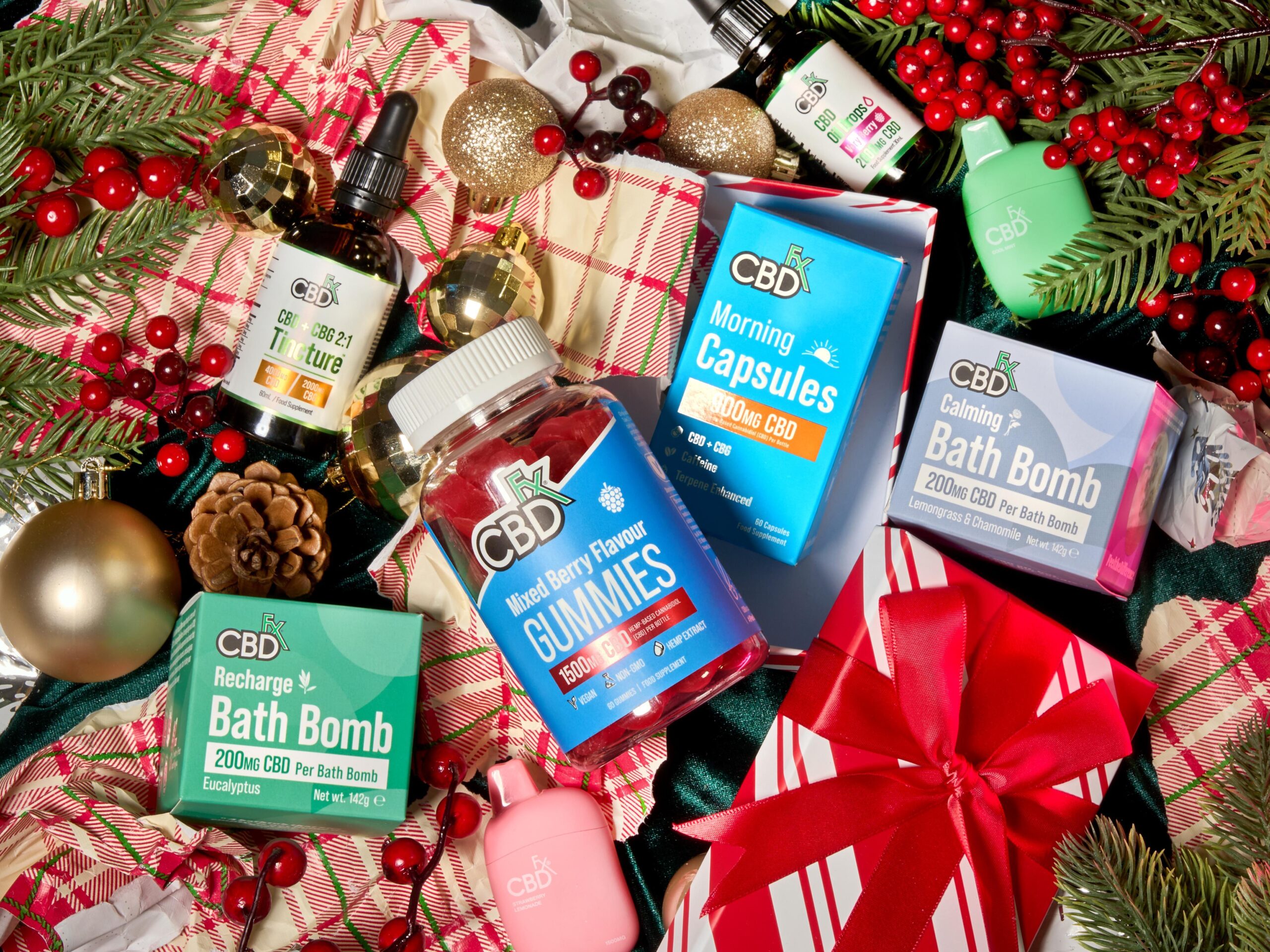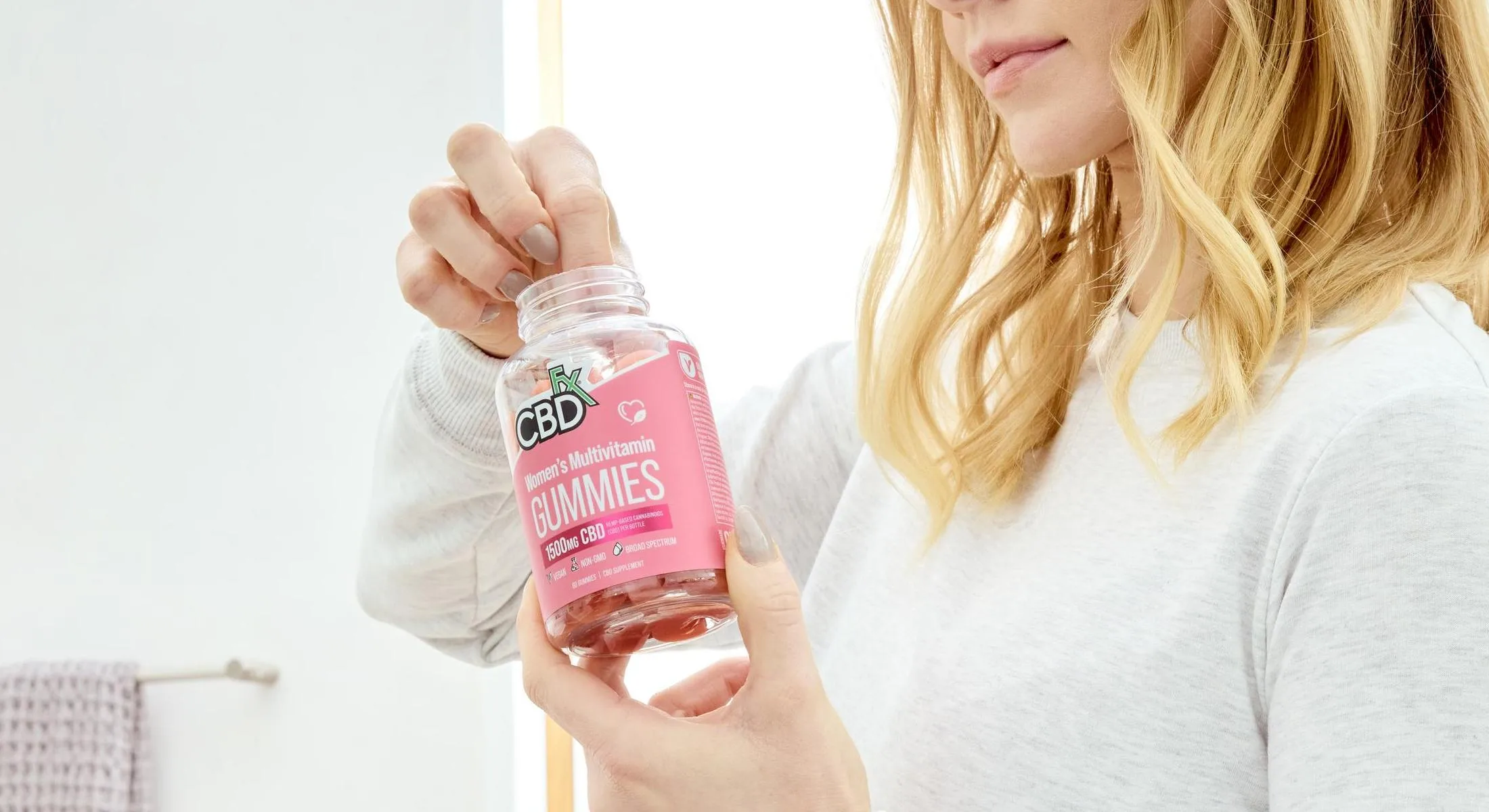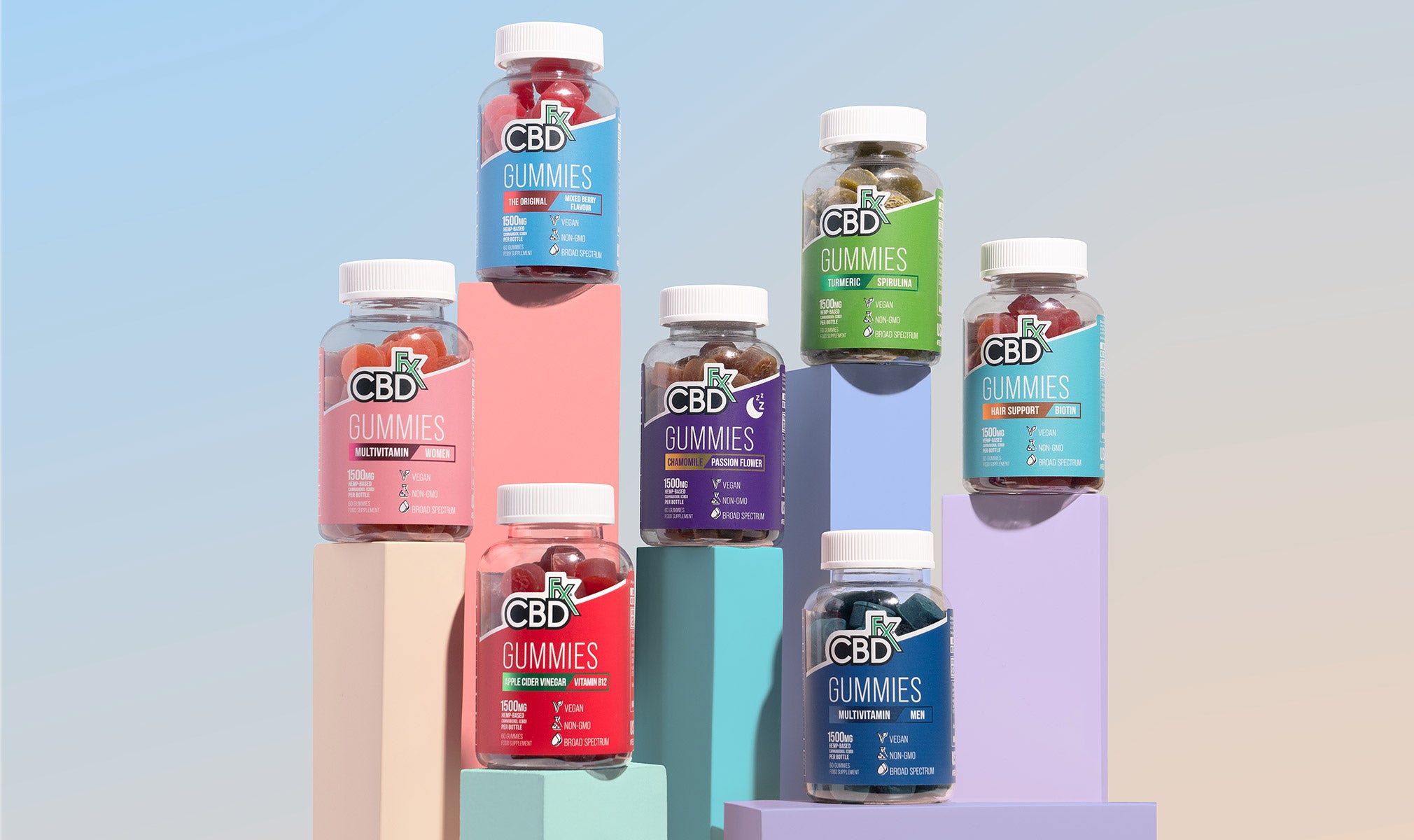If you’ve looked at our product descriptions or researched the wide world of CBD, you’ve likely come across abbreviations like CBG, CBN, and CBC. Of these three, CBC seems to be the least known, maybe in part because its therapeutic potential is only beginning to be tapped.
CBC and its cannabinoid cousins, like CBN and CBG, are known as “minor” cannabinoids, but not because they don’t carry major benefits.
Today, we’ll answer the question, “What is CBC?” We’ll look at how cannabichromene works in our bodies and how it interacts with other cannabinoids, like CBD. We’ll learn that CBC isn’t so “minor” after all.
We’ll also throw around terms like receptors, the Entourage Effect, and the endocannabinoid system. So, let’s begin with a cannabinoid primer!
Beyond CBD: What Are Cannabinoids?
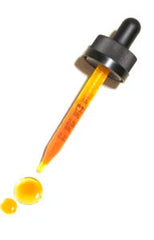 CBC, like CBD, is a cannabinoid. Cannabinoids are molecular compounds that occur naturally in the cannabis plant. The most famous (or infamous) cannabinoid is THC, which is the compound in cannabis that causes a “high.” Cannabinoids like CBC, CBD, CBN, and CBG are non-psychoactive. That means they don’t cause a high.
CBC, like CBD, is a cannabinoid. Cannabinoids are molecular compounds that occur naturally in the cannabis plant. The most famous (or infamous) cannabinoid is THC, which is the compound in cannabis that causes a “high.” Cannabinoids like CBC, CBD, CBN, and CBG are non-psychoactive. That means they don’t cause a high.Okay, if CBC, CBD and these other cannabinoids don’t cause a high, what do they do?
CBD, CBC, and the Endocannabinoid System
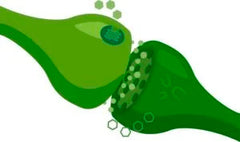
Cannabinoids, like CBC, interact with receptors in what is called the endocannabinoid system. This is a cell-signalling system in our bodies that is closely integrated with our central and peripheral nervous systems, as well as systems that regulate sleep, immune response, digestion and more.
All mammals have an endocannabinoid system, including our cats and dogs. That means all mammals can potentially benefit from cannabinoids, like CBD and CBC.
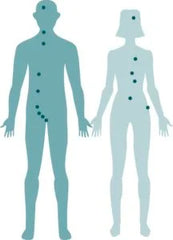
Within the endocannabinoid system are receptors commonly known as CB1 and CB2 receptors. CB1 receptors are found in the brain and central nervous systems, while CB2 receptors appear throughout the peripheral nervous system, immune system, and other organs and tissues.
When a cannabinoid interacts with a receptor, it imparts beneficial effects relative to the system it’s working within. We’ll see some examples of this when we dig deeper into CBC below.
What Is CBC (Cannabichromene)?
CBC is short for cannabichromene. Even though it’s considered a minor cannabinoid, cannabichromene (CBC) actually appears in abundance in the hemp plant, which is the low-THC form of cannabis we use to make CBD products. CBC was first isolated in 1966, and scientists have spent much of the past 50-plus years exploring its therapeutic potential.
Like CBD, CBC begins as cannabigerolic acid (CBGA). Certain enzymes break CBGA down into cannabichromenic acid (CBCA), which is the precursor to CBC. When CBCA is exposed to sunlight or heat, it converts into cannabichromene, or CBC.
What Does CBC (Cannabichromene) Do?
What does CBC actually do in the endocannabinoid system and the body? CBC is actually very bad at linking with those CB1 receptors in the brain: This is actually one of the reasons why it isn’t psychoactive. However, CBC is great at connecting with those CB2 receptors found in the peripheral nervous system and other tissues.
CBC also interacts with two other important receptor proteins in our bodies, TRPV1 and TRPA1. These receptors play a lot of important roles.
We mention them in relation to CBC, because TRPV1 works with the regulation of body temperature and in perceiving the sensations of heat and pain, while TRPA1 senses itching, cold, and environmental irritants.
It’s also believed that CBC works best when combined with other cannabinoids and terpenes, achieving what is known as the Entourage Effect.
CBC and the Entourage Effect
The Entourage Effect is a synergistic interaction of cannabinoids within the body. Essentially, the Entourage Effect is achieved when multiple cannabinoids work in concert with each other to achieve an effect that is greater than the effects its individual parts could achieve on their own.
That doesn’t just mean that a lot of cannabinoids do more than one by itself. It means that each individual cannabinoid performs better on its own, and the combination helps our bodies bind with and absorb the compounds more effectively and efficiently.
CBC is often combined with CBD and other cannabinoids, like CBG, in products like our CBD + CBG Oil Wellness Tincture, which combines CBC with CBD, CBG, and proven antioxidants, like curcumin and coenzyme Q10, for a powerful formula designed to enhance overall wellness.
How Can I Try CBC (Cannabichromene)?
CBC is available in all products made with broad spectrum CBD oil. Broad spectrum oil filters out any trace amounts of THC, but still contains other cannabinoids and terpenes. Broad spectrum products deliver CBC, along with other cannabinoids to achieve the Entourage Effect.
Our CBD Multivitamin Gummies for women and men are made with broad spectrum CBD and vitamins A, C, D3, E, and B complex, as well as formulations of vitamins and minerals designed specifically for men and women respectively.
For those interested in CBC’s reported potential to soothe minor pain, topicals like CBD Muscle & Joint Cream and Muscle & Joint Cooling Balm are made with Entourage Effect-building broad spectrum CBD, containing CBC.
From CBD capsules to CBD gummies and more, there’s an opportunity to benefit from CBC and important cannabinoids in any format you like.
CBC is also consciously added to specific formulas for products, like our CBD + CBG Oil Wellness Tincture, mentioned above. This occurs most often in products designed for overall wellness, or to help people struggling with sore muscles and joints.
The Last Word on CBC (Cannabichromene)
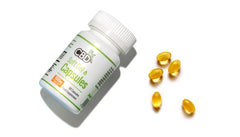 In conclusion, we can see that CBC may be less well-known than CBD and its other cannabinoid relatives, but it certainly carries a lot of powerful potential. Cannabichromene plays a crucial role in the Entourage Effect achieved by CBD products containing multiple cannabinoids, and proves effective as a deliberate addition to certain CBD products.
In conclusion, we can see that CBC may be less well-known than CBD and its other cannabinoid relatives, but it certainly carries a lot of powerful potential. Cannabichromene plays a crucial role in the Entourage Effect achieved by CBD products containing multiple cannabinoids, and proves effective as a deliberate addition to certain CBD products.However you wish to try CBC, we hope you enjoy its effects even more, now that you know a bit about what cannabichromene is and how it works!
Want to try CBC for yourself? Check out our CBD + CBG Oil Wellness Tincture today!
